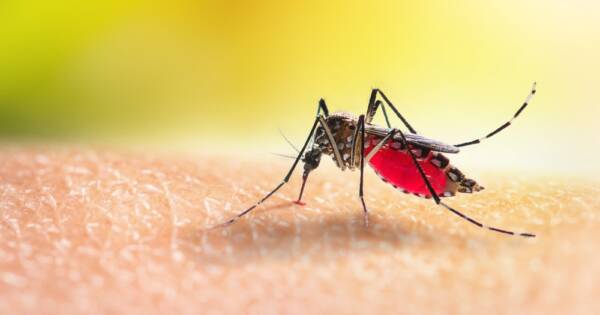Whooping cough, also known as pertussis, is making an unsettling comeback in recent years, with reported cases steadily rising. This highly contagious respiratory disease poses a serious risk, especially to infants, the elderly, and those with weakened immune systems. As more people become vulnerable, it’s essential to understand the symptoms, how the disease spreads, and the importance of vaccination and other preventive measures to protect yourself and your loved ones effectively.
What Is Whooping Cough?
Whooping cough, or pertussis, is a bacterial infection caused by Bordetella pertussis. It primarily affects the respiratory system and is known for its severe, uncontrollable coughing fits that can make it difficult to breathe.
The name “whooping cough” comes from the characteristic “whoop” sound that follows the cough as the person gasps for air. While it can affect individuals of any age, it is particularly dangerous for infants and young children, whose immune systems are not fully developed. Despite the availability of vaccines, whooping cough cases are on the rise, making it more important than ever to recognize and understand this disease.
Early Signs and When to Seek Help
Once you become infected, it typically takes about seven to 10 days (though sometimes it can take longer) for noticeable signs to appear. Whooping cough often begins with symptoms that mimic a common cold, such as a runny nose, mild fever, and occasional coughing. However, within one to two weeks, the coughing becomes more severe, leading to fits of rapid, high-pitched coughs followed by the signature “whooping” sound.
These coughing fits can last for several weeks or even months, and in severe cases, may cause vomiting, exhaustion, or difficulty breathing. Infants and young children are at higher risk for complications. It’s also worth noting that many people, especially adolescents and adults don’t develop the characteristic “whoop” but instead only have a persistent hacking cough. Infants may not cough at all but instead, may struggle to breathe or may even stop breathing. If you or a loved one experience persistent coughing or suspect exposure to whooping cough, it is essential to seek medical attention promptly.
Causes and Risk Factors: Who Is Most Vulnerable?
Whooping cough is highly contagious and spreads through respiratory droplets when an infected person coughs or sneezes. Anyone can contract whooping cough, but certain groups are more vulnerable, including infants under one-year-old, pregnant women, and individuals with weakened immune systems.
Although vaccination offers significant protection, immunity can wane over time, putting even previously vaccinated individuals at risk. Close contact with an infected person or being in a setting where the disease is present increases the likelihood of contracting whooping cough.
Prevention and Treatment: How to Stay Safe and Recover Quickly
The best way to prevent whooping cough is through vaccination. The DTaP vaccine, given in a series of shots during childhood, and the Tdap booster, recommended for adolescents and adults, provide strong protection against the disease. Pregnant women are also advised to get the Tdap vaccine during each pregnancy to protect their newborns.
If you contract whooping cough, early diagnosis and treatment with antibiotics are crucial to reduce the severity and prevent the spread of the infection. Rest, hydration, and avoiding irritants like smoke can also aid in recovery. By staying informed and vigilant, you can significantly reduce your risk of whooping cough and help curb its spread in the community.
Keep Your Eye Out For Whooping Cough
Understanding whooping cough is just the beginning! There is much more to learn about how it spreads, its impact on different age groups, and the latest prevention strategies. Early detection and proper treatment can significantly reduce the risk of serious complications.
As cases continue to rise, educating yourself and others about this disease can make a difference in protecting your community. If you or a loved one experience persistent coughing or suspect exposure, don’t hesitate to see a doctor for guidance and care.




